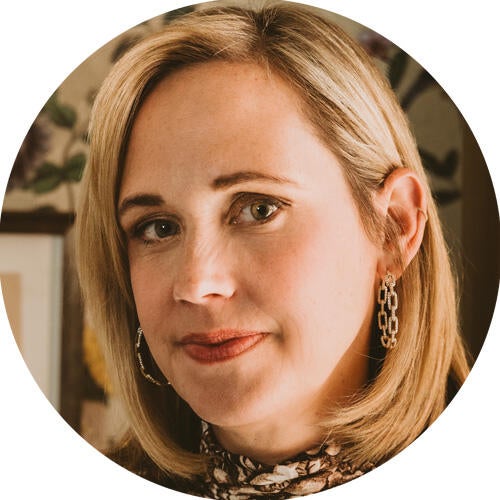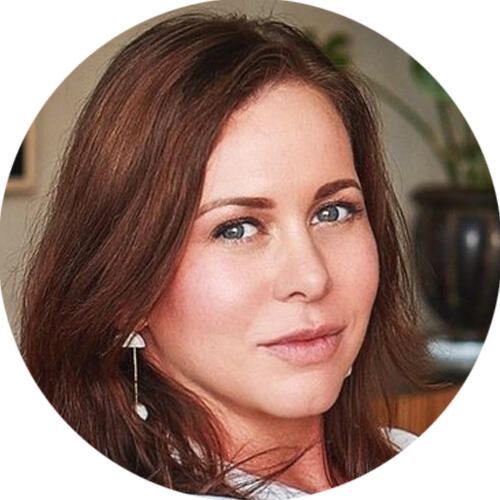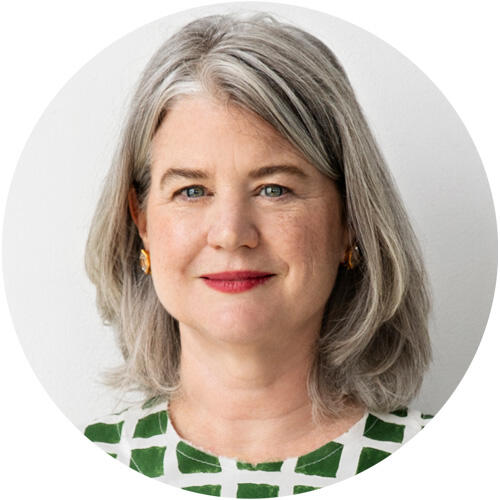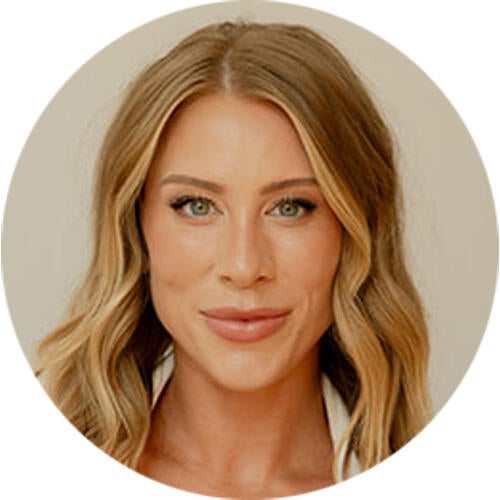What’s the most overused design element?

In a design world full of neutral kitchens and white boucle, it can be hard to go against the grain. This week, we asked 10 designers—Sara Alexander, Libby Baker, Leslie Banker, Cyndy Cantley, Corinne Ekle, Lisa Erdmann, Alissa Johnson, Mindy Kelson O’Connor, Marcela Restrepo and Natasia Smith—which design trends they think have overstayed their welcome.

Natasia SmithCourtesy of Re-Find
Light the Way
“Oversize globe pendant lights. They’ve become a go-to statement piece, but we’re seeing them everywhere. Lighting has enormous potential to express personality, scale and warmth, and there are so many incredible options beyond this trend. Selecting fixtures with more unexpected silhouettes and materials, or one-of-a-kind craftsmanship, can instantly elevate a space and make it uniquely yours.” —Natasia Smith, Re-Find, Boulder, Colorado

Corinne EkleCourtesy of c2Design
Materiality Focused
“I think we’ve reached peak Carrara marble, boucle and matte black hardware. They’ve each had a beautiful run, but they’re starting to feel a little expected. I’m craving a return to materials with real depth and personality—pieces that tell a story rather than repeat a trend.” —Corinne Ekle, c2Design, Denver

Cyndy CantleyCourtesy of Cantley and Company
Staged Presence
“The most overused elements in kitchen design are the ones that feel staged. If your kitchen looks ready for a photo shoot instead of dinner, it’s over-designed. The too-white whites, anything gray, farmhouse, shiplap and open shelves have all had their moment. A kitchen should feel layered and lived-in.” —Cyndy Cantley, Cantley & Company, Birmingham, Alabama

Libby BakerCourtesy of Baker Design Co.
Sayonara Shiplap
“Shiplap accent walls: This was a major trend that took everyone by storm in the Fixer Upper phase of HGTV. While it’s a lovely look in the right setting, it’s not right for every style of architecture or room. Unless you are in an actual farmhouse, let’s err on the side of doing the whole room and not just one wall! Be brave and wrap the whole room, or even the ceiling.” —Libby Baker, Baker Design Co., Santa Rosa Beach, Florida

Marcela RestrepoCourtesy of Lamarc Studio
Common Detail
“Fluted wood paneling. It’s undeniably beautiful—warm, rhythmic, architectural—but it has become the default ‘make it interesting’ move. When a detail appears everywhere, it loses intention. Fluting works best when it serves a purpose: softening acoustics, guiding the eye or highlighting craftsmanship. Without meaning behind it, repetition replaces refinement. Fluted paneling has shown up on everything: walls, consoles, nightstands, beds. It deserves to evolve.” —Marcela Restrepo, Lamarc Studio, Medellín, Colombia

Lisa ErdmannCourtesy of Lisa Erdmann Interiors
The Writing on the Accent Wall
“Our firm thinks that an accent wall is overused as a design element. When someone paints one wall, or worse—wallpapers one wall—it can read as though there were budget constraints at play. The concept really took hold in the model-home market, or the television DIY shows years ago. If there is a healthy budget, we encourage applying wallpaper to the whole room, or if there is a more limited budget, finding creativity in alternate ways, such as an interesting textile, area rug or artwork.” —Lisa Erdmann, Lisa Erdmann Interiors, Palm Beach

Sara AlexanderCourtesy of The Scale Collective
White Out
“It’s a toss-up between Taj Mahal quartzite countertops and white kitchen cabinets. Taj Mahal is beautiful, but everywhere! To quote a stone vendor we work with, ‘We can’t keep it in stock.’ Take a chance and go with something with some color or movement. If you don’t want to overwhelm the senses, you can do this on the island, but [then use] something more neutral on the rest of the counters. White cabinets look like something you find at Home Depot. The kitchen can be a place with a little color—even warm neutrals are not too much here—[just] please don’t do white cabinets!” —Sara Alexander, The Scale Collective, Tiburon, California

Mindy Kelson O’ConnorCourtesy of Melinda Kelson O’Connor Architecture and Interiors
Close It Up
“Completely open-concept floor plans, with dining, kitchen and living rooms in one contiguous space, and no regard for privacy, sound, mess, or comfort and character in design. It can be very difficult to design for varying or changing needs, moods and activities when there is no separation, sequencing or scale difference between rooms. What works in a New York loft is not the same as what works in a single-family stone home in the country or suburbs. What worked for a family with toddlers, who want to keep an eye on their kids while cooking, falls apart for teenagers who want a little separation to watch their own shows or hang out with friends.” —Mindy Kelson O’Connor, Melinda Kelson O’Connor Architecture and Interiors, Philadelphia

Leslie BankerBrittany Ambridge
Don’t Rely on Pops of Color
“While I am a maximalist at heart, bright pops of color as a design solution are overused. It’s more challenging to create an interior that has a soft, mellow and beautifully balanced color scheme than it is to create a neutral interior with a few ‘pops.’ That said, there are many rooms I love with a pop of color—it’s just not a trick to rely on all the time.” —Leslie Banker, Leslie Banker & Co., New York

Alissa JohnsonCourtesy of Alissa Johnson Interiors
Change Directions
“It’s not really one design element, but more of a direction we’ve seen across the industry—this wave of warm, neutral, organic interiors. And it’s easy to see why so many people are drawn to it. It feels soft and comforting, and it brings this sense of calm that people really crave in their homes right now. We love that look, and it suits many of our clients beautifully. The style is timeless, easy to live with, and creates this really peaceful foundation. But we also love when a client is open to being a little bolder—bringing in color, contrast or an edgy element that shifts the energy. Those unexpected choices are the part of design that really energizes and excites us. It’s where a lot of the personality comes through and feels the most authentic for the clients who live there.” —Alissa Johnson, Alissa Johnson Interiors, Chicago
link





